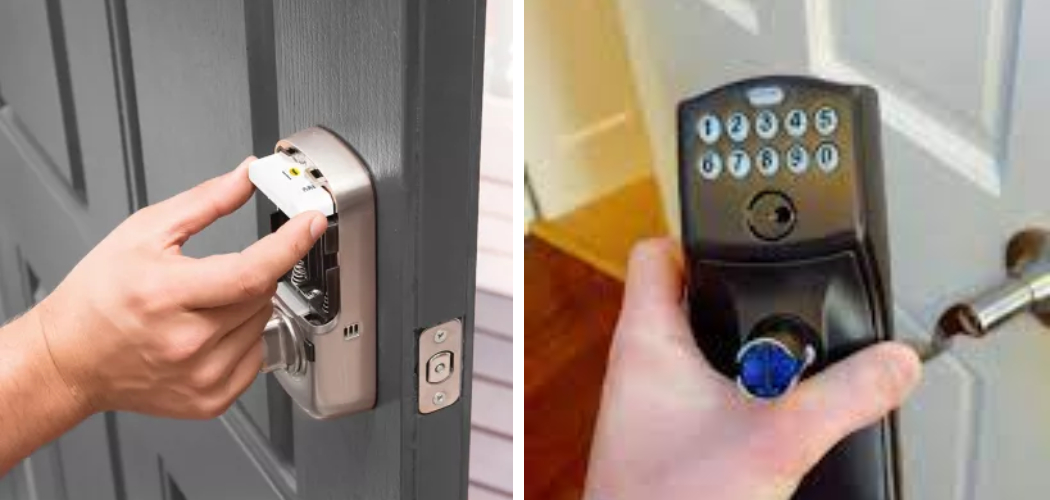For many, security is a major priority – and rightfully so. We want to feel secure in our homes without having to worry about being vulnerable to intruders or potential burglaries. Having the proper lock installed on your door is an important first step when it comes to protecting your home and securing your trusty abode, but that’s only half the battle!
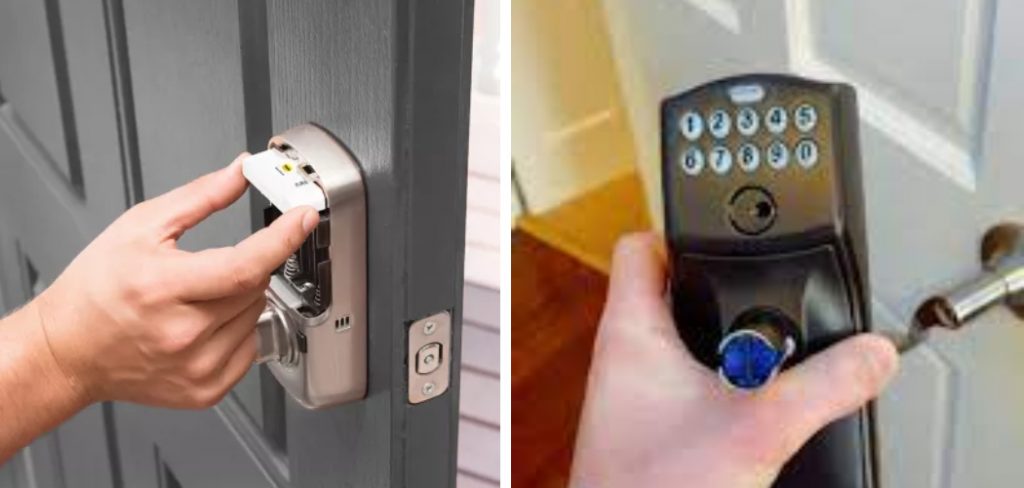
Knowing how to change password in Yale lock can be complicated and time-consuming if you don’t know what you’re doing. But never fear–in this blog post, we will show you step-by-step instructions on how to quickly and easily set up a new code for your Yale Lock (no tools required!).
So whether you’re concerned about increased security or just want some peace of mind with a fresh lock code setup, this guide will navigate through all of the necessary steps toward success.
The Importance of Changing Your Password Regularly
First things first, why should you even bother changing your Yale lock password? As mentioned before, security is the biggest concern here. By regularly updating and changing your lock code, you can prevent any potential intruders from gaining access to your home.
Think about it–if someone has been watching you enter your current code for a while, it’s only a matter of time before they can easily break in. As with any password, it’s always important to change them regularly to avoid any potential security breaches.
Step-by-step Guidelines on How to Change Password in Yale Lock
Step 1: Access the Back of Your Lock:
The first step to changing your Yale lock password is to access the back panel of the lock. This can be done by pulling out the battery cover on the inside portion of your door. Once this is removed, you should see a small button labeled “reset.” This is the button we will use to reset your lock code.
Step 2: Press and Hold the Reset Button:
With a pointed object, such as a pen or small screwdriver, press and hold the reset button for about 10 seconds. You should see the status LED lights on your lock flash red to indicate that it is in programming mode. While in this mode, any previous lock codes will be erased. This is important to remember as you will need to create a new one after this step.
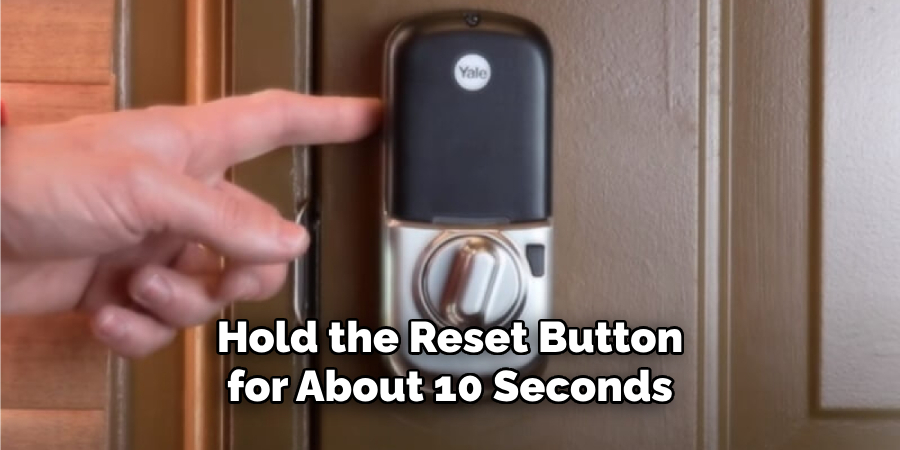
Step 3: Set Your New Password:
Once the LED lights have stopped flashing, you can now program your new lock code. Simply enter a combination of numbers (4-8 digits) on your keypad and then press the “lock” button. You should see the LED lights flash green to indicate your new code has been successfully set. Congrats, you now have a brand new lock code!
Step 4: Test Your New Password:
Before finishing up, it’s important to test your new lock code to make sure it was set correctly. Simply enter your new code on the keypad and press the “lock” button. If the LED lights flash green and you are able to unlock your door, then everything goes according to plan. Make sure to also test your old code to ensure that it has been erased and is no longer functional.
Congratulations! You have successfully changed your Yale lock password. Remember, it’s always important to regularly update and change your lock code for maximum security.
So whether you’re moving into a new home or just want some added peace of mind, following these steps will ensure your Yale lock is keeping you and your loved ones safe. So go ahead, enjoy that extra layer of security, and rest easy knowing that you are the only one with access to your home!
Additional Tips and Tricks to Change Password in Yale Lock
1. If you ever forget your new lock code, don’t panic! Simply repeat the steps mentioned above to reset and reprogram a new code.
2. It’s always recommended to choose a unique and memorable code for your Yale lock. Avoid using simple or easily guessable combinations like 1234 or 0000.
3. You can also change the length of your lock code by following the same steps and entering a different number of digits.
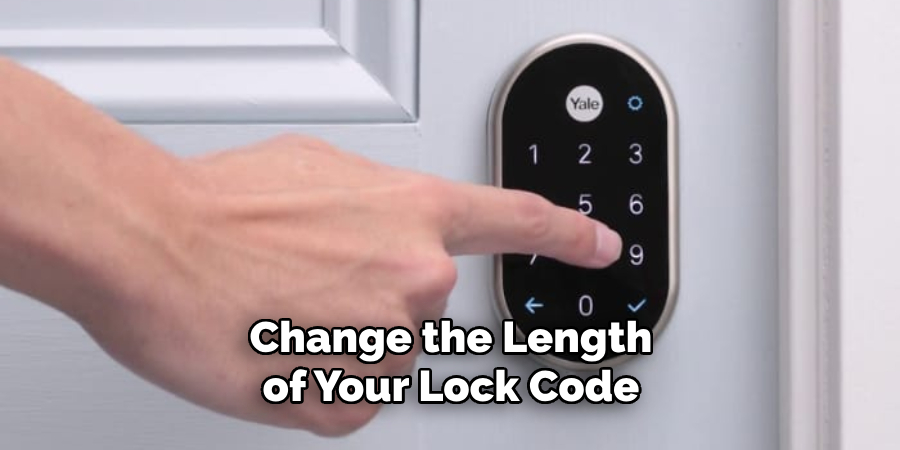
4. To ensure maximum security, avoid sharing your lock code with anyone outside of your household. If you need to give temporary access to someone, consider using a temporary code feature on your Yale lock.
5. It’s always a good idea to keep track of when you last changed your lock code so you can stay on top of regular updates. Consider setting a reminder on your phone or calendar for future reference.
6. If you encounter any issues while changing your lock code, refer to your Yale lock’s user manual or contact their customer support for assistance. It’s better to be safe than sorry when it comes to the security of your home.
7. Remember, your lock code is just one aspect of home security. Stay vigilant and consider implementing other safety measures such as installing a security system or motion sensor lights for added protection.
Following these tips and tricks will not only ensure your Yale lock is working properly, but it will also give you peace of mind knowing that your home is secure.
So take a few minutes to change your lock code and stay one step ahead of potential intruders. Your safety and security are worth the effort! Keep yourself safe, and enjoy the added protection with a new Yale lock password today!
Things You Should Consider to Change Password in Yale Lock
1. Make sure the new password is easy to remember but hard to guess by others. The most important aspect of security when it comes to changing your Yale lock password is choosing a strong and unique combination that cannot be easily guessed or hacked.
2. Try to avoid using personal information such as birthdates, names, or phone numbers in your password. These types of information are often easy to find or guess, making your Yale lock vulnerable to potential intruders.
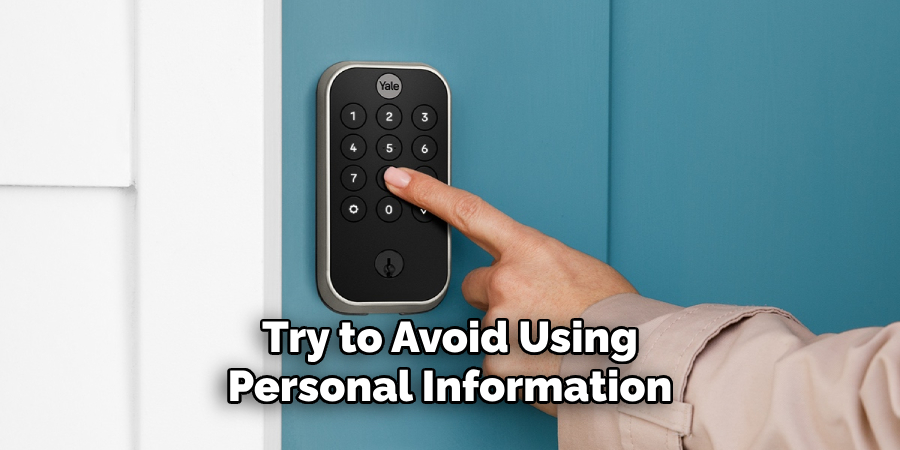
3. Consider using a mix of uppercase and lowercase letters, numbers, and special characters to increase the complexity of your password. This will make it harder for anyone to crack your password through brute-force methods.
4. Do not reuse old passwords or use variations of them. It is important to completely change your password when updating it, as using similar passwords can make it easier for hackers to gain access to your Yale lock.
5. Keep your new password confidential and do not share it with anyone. This includes writing it down on a piece of paper or storing it in an unsecured digital format. The more people who know your password, the higher the chance of it being compromised.
6. Consider enabling two-factor authentication if your Yale lock supports it. This adds an extra layer of security by requiring a code sent to your phone or email before allowing access to your lock.
7. Regularly update your password to ensure maximum security. It is recommended to change your Yale lock password every few months, or immediately after you suspect any potential breach or unauthorized access.
8. If you have multiple Yale locks, avoid using the same password for all of them. This will prevent a single compromised password from giving access to all your locks.
9. Always follow the manufacturer’s guidelines and recommendations when changing your Yale lock password. They may provide specific instructions or precautions that must be followed for optimal security.
10. Consider using a password manager to securely store and generate unique, complex passwords for your Yale lock and other devices or accounts. This can also make it easier to remember and manage multiple passwords.
Following these considerations will help ensure that your Yale lock is properly secured and protected from potential threats. Remember to also regularly check for any firmware updates for your lock, as these may include security patches and improvements.
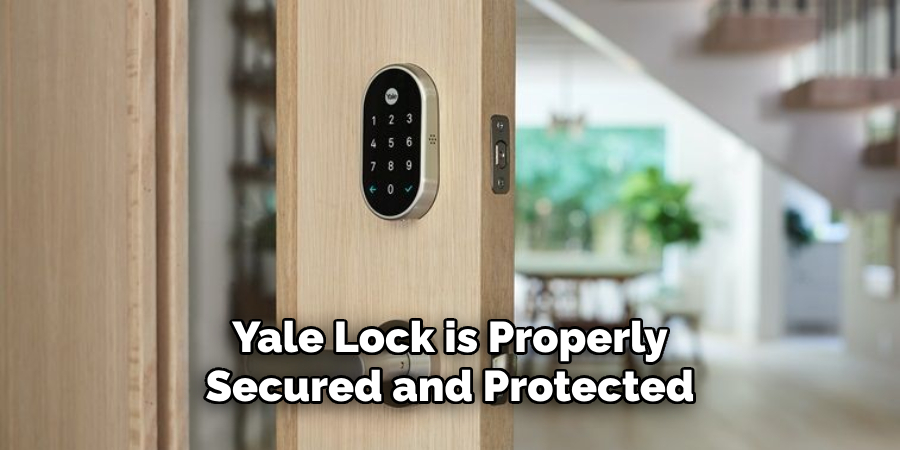
Stay vigilant and prioritize the safety of your home or property by regularly updating and changing your Yale lock password. So, these are some important things you should consider when changing the password in your Yale lock.
Keep them in mind to maintain the security of your property and belongings. Remember, a strong password is the first line of defense against potential intruders or hackers, so choose wisely and update regularly. Happy locking!
Frequently Asked Questions
What is a Yale Lock?
For those who are not familiar with it, Yale is a well-known brand that produces high-quality lock systems. Their locks are known for their durability and advanced security features, making them a popular choice among homeowners and businesses.
Why Would I Need to Change the Password on My Yale Lock?
There are various reasons why you may want to change the password on your Yale lock. If you’ve recently moved into a new home or office, it’s always a good idea to change the password on your lock for added security.
You may also want to change the password if there has been a recent security breach or if someone you no longer trust has access to the lock. Additionally, regularly changing the password on your lock can help prevent any potential hacking attempts.
Are There Any Other Security Measures I Can Take with My Yale Lock?
Yes, there are additional security measures you can take with your Yale lock to further protect your home or office. These include activating features such as auto-locking after a certain period of time, enabling an alarm system if someone tries to tamper with the lock, and setting up temporary codes for guests or employees.
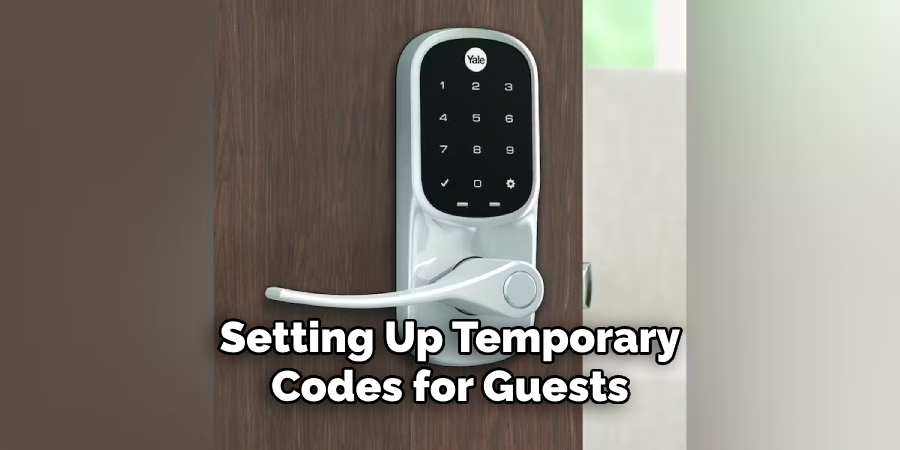
You can also consider using a combination of traditional keys and the password feature for added security.
Conclusion
Now you know the steps to change your Yale lock password and are ready to switch up the security of your home or business. To remember the process, just think – disconnect the battery, find and enter the master code or factory default code, and then create a new user code for your personal comfort and security.
If you have any other questions regarding Yale lock systems, do not hesitate to contact customer service as a helpful resource guide. When it comes to opting out of conventional keys in favor of smarter keyless entry systems, there is no better choice than Yale lock technology.
Change the password today and be sure that you are at peace knowing that you are secure with this top-of-the-line system. Thanks for taking the time to learn how to change password in yale lock now go forth and enjoy that greater sense of security!

